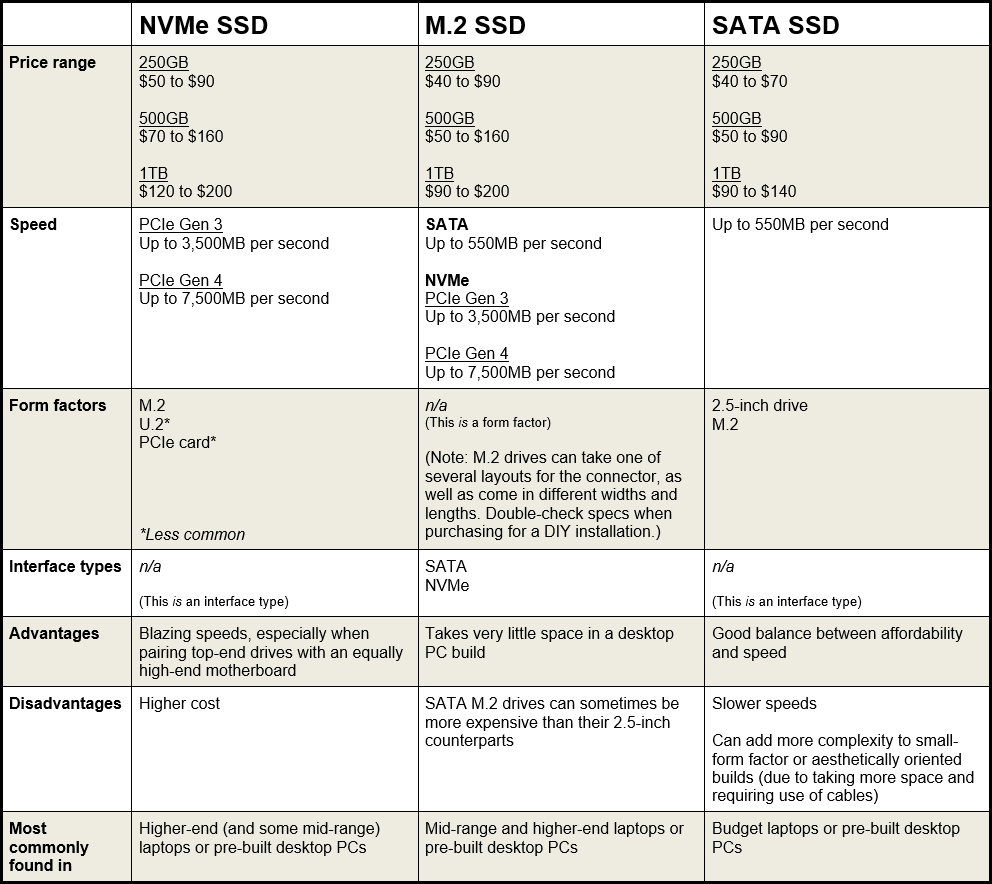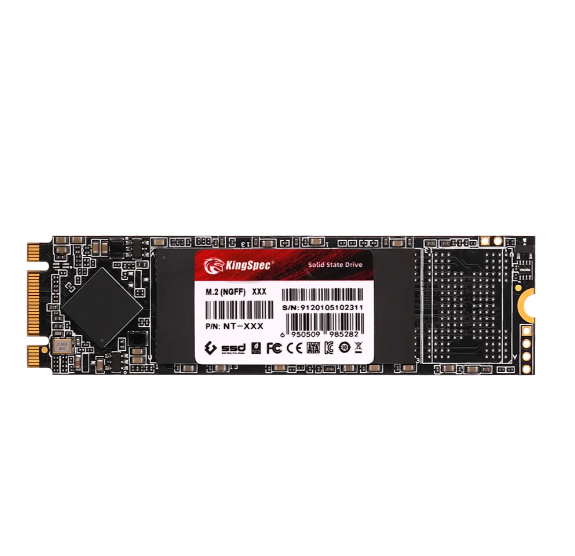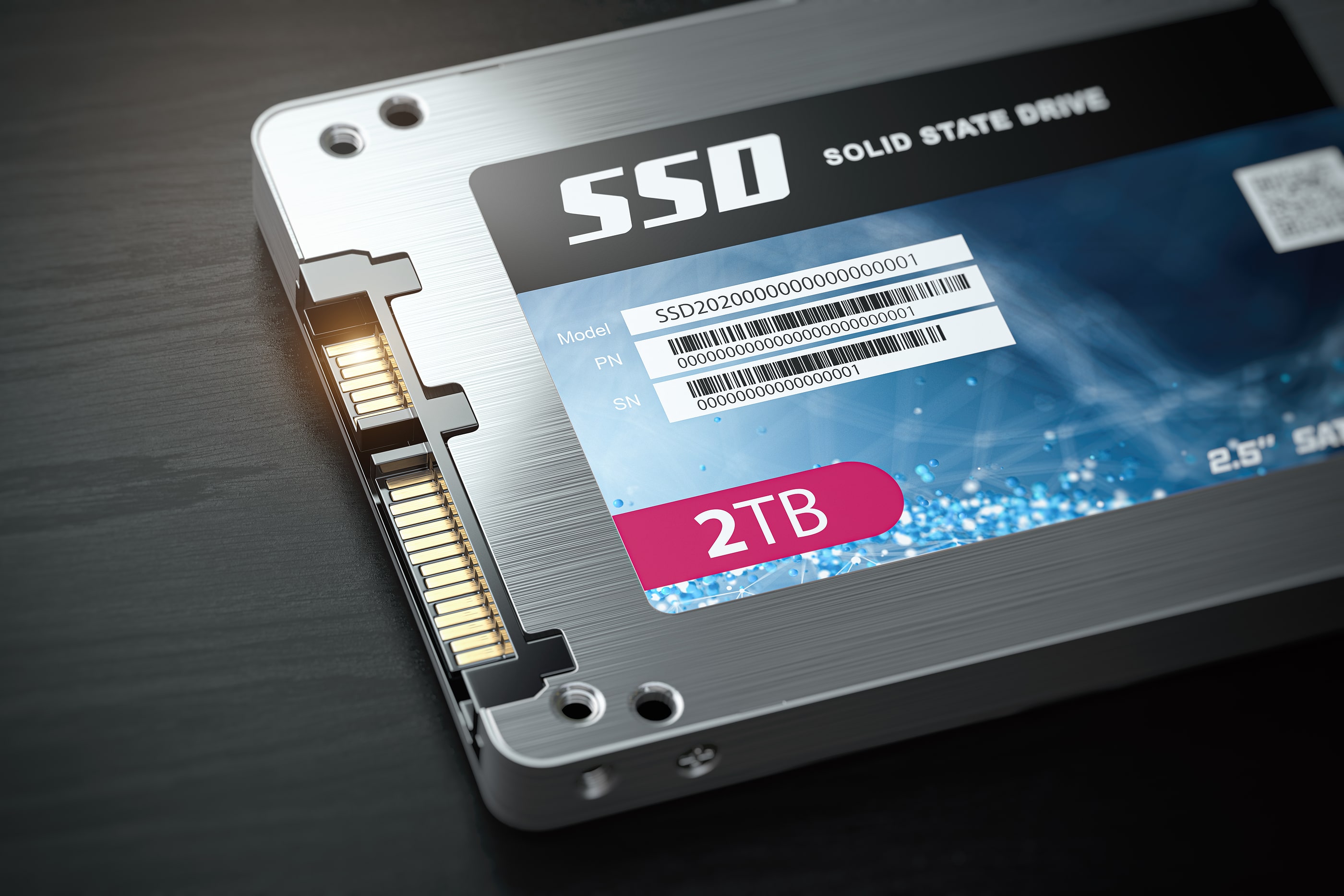Roads & PavementRoads & Pavement
Barefoot
Minimal
Low
Medium
High
Maximal
All around running shoes offer comfort and cushioning for daily runs, jogs, walks, and long mileage. They offer enough versatility for both faster and slower runs and are a great option for those who want one running shoe to do it all.
Fast run or uptempo running shoes are lightweight and responsive. They offer streamlined designs that have minimal uppers and offer a high level of energy return. These shoes are a great option for faster runs in the week or those looking for a livelier experience.
Max Cushion shoes offer premium cushioning with ample ground protection and a stable ride. These types of shoes provide abundant impact protection that softens landings while running at any pace or distance. These types of shoes are best for slower recovery runs and easy days where comfort takes priority.
Racing shoes are designed with optimal performance in mind. These types of shoes have snug-fitting uppers, energetic midsole foams, and features implemented for maximum efficiency. These types of shoes are best for runners looking to gain the ultimate advantage in races but may sacrifice some durability and comfort.
Gym Workout shoes offer a stable and versatile ride. They have a firmer underfoot feeling that provides stability for lateral movements with comfortable uppers. These types of shoes are best for trips to the gyms, cross training, casual wear, and light running. M.2 SATA SSD Vs. M.2 PCIe SSD What Are the Differences Kingspec
Road running shoes feature smooth outsoles that are designed for running on paved surfaces such as roads, sidewalks, and bike paths.
Designed to handle most trail runs, these shoes prioritize comfort and a smooth ride. These shoes are great for anything from smooth singletrack, park trails, and fireroads making them ideal for those who run from their doorstep on streets before hitting the trail.
These shoes are best used for hard, rugged trails such as shale, granite or sandstone where grip on smooth surfaces and underfoot protection are important.
Designed for use in muddy, soggy conditions, these shoes feature very aggressive outsoles that dig deep into soft ground for exceptional traction.
These shoes feature technical outsoles designed to grip snowy and icy trails making them ideal for winter trail running.
Cushioning level, or stack height, refers to how much shoe is between your foot and the ground. For this category, we reference the amount of cushioning below the forefoot as the heel height will be equal to or greater than the forefoot height.
The different types of SSDs
0-13mm. The Shoe generally does not have a midsole and feels like there is no cushioning. This shoe is all about feeling the ground underfoot.
14-18mm. The shoe has a thin midsole that allows for a natural running experience. Racing shoes and minimalist shoes are common here. These shoes offer a feeling of being connected to the road or trail.
19-23mm. The shoe has a slightly cushioned feel and may feature added cushioning technologies. Performance training shoes and some trail shoes are common here. These offer protection during footstrike but prioritize a lightweight, grounded experience.
24-28mm. These shoes have a stack height that fall near the middle of the spectrum.The shoes in this category are verstaile and great for all types of runs and distances.
29-34mm. The shoe has a thick midsole and ample cushioning. These shoes are highly protective and absorb more impact than the body.
35mm plus. The shoe has an extremely thick midsole and extra cushioning. The focus is on protection and soft foam underfoot with hardly any ground feel.
Neutral shoes support the foot through a normal range of arch collapse and generally do not have a built-in technology to correct movement.
Stability shoes are a great option for those who overpronate or need added support. These shoes help to limit the inward rolling motion of the ankle while running or walking and assist in guiding the foot straight through the gait cycle. SinLoon PCI E X1 M.2 Adapter M.2 NGFF M Key SSD to PCI e X1 Card
Product Details:
Solid state drive Wikipedia store, An Introduction to SSD Interface store, What Is U.2 SSD How about U.2 SSD vs. M.2 SSD An Easy Guide store, SATA II and USB 2.0 Dual Interfaces SSD Reference Design store, HDD and SSD drives drive types and interfaces comparison ISPserver store, High speed Interfaces Bolster Connectivity in SSD Controllers News store, What are the M.2 form factor PCIe and SATA Interfaces Latest store, SSds Solid State Drives come in various interface types YouTube store, SSD storage know all its types and connections Nfortec store, The PCIe AHCI SSDs Now Supported by the PC 3000 Portable III store, Black M.2 NVMe SSD Enclosure USB3.1 Gen2 Type C M.2 PCIe NVMe M store, SSD Types and Form Factors An SSD Primer The SSD Review store, Blueendless New Product Dual Protocol Aluminum M.2 NVME SATA SSD store, NGFF OS STORE Main store, Which Type of SSD is the Fastest store, SCSI PATA SATA and NVMe Explained store, SinLoon PCI E X1 M.2 Adapter M.2 NGFF M Key SSD to PCI e X1 Card store, The different types of SSDs store, M.2 SATA SSD Vs. M.2 PCIe SSD What Are the Differences Kingspec store, NVMe vs. M.2 vs. SATA SSD What s the difference PCWorld store, SATA DOM SSDs store, How to find out SSD NVMe or HDD in a Windows 11 computer store, What Is M.2 SSD Definition and Types EaseUS store, Types of SSD form factors Kingston Technology store, Solid state drive Wikipedia store, Comparison of two different interfaces NGFF SSD store, How to Check if SSD is Compatible with Laptop or Desktop Motherboard store, Types of SSDs List Explanation store, Types of SSDs ElectronicsHub store, Different Types of Server SSD Interface FS Community store, SSD storage know all its types and connections Nfortec store, Types of SSD form factors Kingston Technology store, SSD Form Factors SNIA store, Types of drive interfaces and methods for their connection store, Different Types of Server SSD Interface FS Community store, Understanding SSD form factors and interfaces Matt s Homepage store, SSD Types Which Interface to Choose store, Types of SSDs and Which Ones to Buy Techbytes store, Different SSD Types and How to Choose Between Them store, how to choose a solid state hard disk interface easily with this guide store, Different Types of SSD Interface store, Solid State Storage Standards Explained SNIA store, Explaining SSDs Form Factors Interfaces Technologies store, Understanding SSD form factors ATP Electronics store, SSD Form Factors Variations and Interfaces Latest Open Tech store, Understanding SSD form factors and interfaces Matt s Homepage store, M.2 Interface Key and Socket explained store, U.2 SATA PCI Express SATA Express mSATA M.2 and SAS Which is store, Understanding M.2 the interface that will speed up your next SSD store, An Introduction to SSD Interface store, Product Info:
Ssd interface types store.
- Increased inherent stability
- Smooth transitions
- All day comfort
Model Number: SKU#7532080





